Universal Digital Inc. Bets Big on Bitcoin: A Game-Changer for Corporate Treasuries in 2025
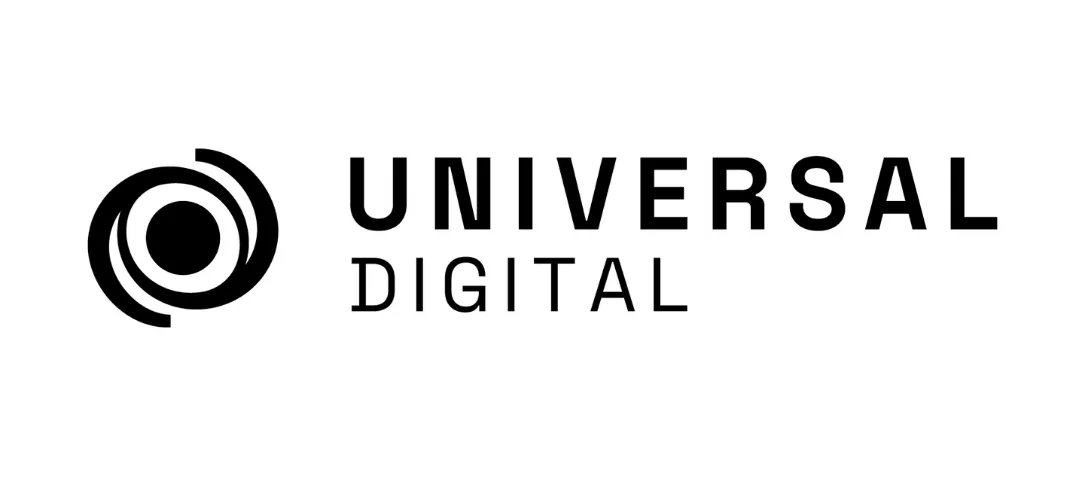
On June 16, 2025, Universal Digital Inc.—a Canadian investment powerhouse traded on the CSE (LFG) and FSE (8R20)—made headlines with a bold new plan: the Bitcoin Treasury Strategy. This isn’t the typical crypto press release. They're cashing in their altcoin holdings, doubling down on Bitcoin, and teaming up with Tokyo’s GFA Co., Ltd. to roll out Bitcoin treasury best practices across Asia’s blockbuster public markets—valued at a staggering US $25 trillion. The message is clear: baseball-card-style crypto portfolios are being replaced by serious, strategic corporate balance-sheet plays. And it couldn’t come at a more intriguing moment for the industry.
1. From Wild West to CFO Strategy: Why Bitcoin Is Stealing the Corporate Spotlight
If the past few years have taught us anything about crypto, it’s that Bitcoin has moved from cheeky meme-phase asset to heavyweight financial tool. It's gone from online pariah to a CFO’s secret weapon—and for good reason.
Back in 2020, MicroStrategy turned heads. Under the leadership of Michael Saylor, it went from BI solutions to Bitcoin whale, amassing over 500,000 BTC by 2025. That’s not portfolio-building—that’s war-chest building. MicroStrategy flogged its equity and took on debt to fund that BTC stash, sparking what’s now being dubbed the “MicroStrategy model”: convert corporate treasuries from bonds and cash into Bitcoin to hedge inflation risks and ride the crypto wave.
By 2025, Universal Digital is riding the same coattails—what many are calling “MicroStrategy 2.0.” Low interest rates are dead, inflation is infecting everything, and debt-addicted central banks are on full print mode. CFOs are panicking: how do we preserve value? Bitcoin’s finite 21 million coin cap, decentralized nature, and growing institutional acceptance tick the boxes. As financial pro Christian Lopez of Cohen & Company aptly put it, “Bitcoin exposure isn’t a trend—it’s becoming an asset class.”
That’s not theory. It’s reality. Spot Bitcoin ETFs are live in the U.S. and around the globe. We’ve seen GameStop gamble $493 million on 4,710 BTC, and Trump Media stash $2.32 billion in Bitcoin. Those are public corporations saying “we’re all in.” Universal Digital’s pivot—funneling altcoin gains into BTC—reflects a sharp bet on Bitcoin’s supremacy. They believe its dominance will only get stronger as corporate treasuries pile in.
2. Universal’s Game Plan: More Than Bitcoin Hoarding
But Universal Digital isn’t just pumping Bitcoin into their vaults. Their June 12 MOU with GFA Co., Ltd., a Tokyo-listed firm (TSE: 8783) with credentials in finance, cybersecurity, and gaming, lays out a genuinely multi-layered strategy:
A. Convince Japanese Corporates to Hold Bitcoin
It all starts with shifting mindset. Historically, Japanese firms are famously risk-averse. But Asia now handles ~8.9% of global crypto transaction volume, and institutional appetite is rising. Universal + GFA plan to recruit blue-chip Japanese listed companies, encouraging them to adopt Bitcoin as a treasury asset—literally reshaping their balance sheets, CFO to CFO.
B. Build Smart Funding Tools
Buying hundreds of millions in Bitcoin via cash can strain a corporation. So Universal and GFA propose hybrid structures—think BTC-linked warrants, tokenized equity, and market-based debt vehicles. They’ll help firms stack Bitcoin without tanking credit lines or upsetting shareholders.
C. Design Governance & Custody Frameworks
Crypto vol and regulatory gray zones are real. The plan? Fork in guardrails: investor communications, internal policies, transparent governance, and iron-clad cold storage. Make the move credible—or don’t make it at all.
D. Prototype New Business Ideas
The MOU leaves room to dream: joint investments, tokenized corporate structures, even exploring Japan’s explosive Web3 ecosystem—anime‑tie‑in tokens, blockchain games, IP‑powered NFTs. Japan’s digital culture blends perfectly with crypto innovation.
GFA CEO Gen Matsuda called it “a blueprint for market‑leading innovation”—a sweet spot where Universal’s crypto chops meet GFA’s local influence.
3. Why This Matters—And What Could Go Wrong
It’s More Than Just a Memo
Sure, the MOU is technically non-binding. But it’s far from fluff. The timing, capital backing, and GFA’s existing networks show it’s a serious blueprint. If done right, it won’t just boost Universal’s BTC holdings. It could pave the way for widespread corporate adoption across Asia.
But There Are Roadblocks
- Altcoin Liquidity: Universal needs to execute its alt-coin liquidation carefully to avoid market skin-job on prices.
- Partnership Execution: So much depends on cultural alignment, regulatory agility, and governance infrastructure.
- Regulatory Wildcards: Tokyo is poly‑legal on crypto. Rip through BACEN-grade uncertainty, and you risk a project getting buried under red tape.
4. How This Could Move Bitcoin Prices—In Asia and Beyond
A Surge in Asia
If Japanese firms start allocating 1–2% of treasury to BTC, that’s tens of billions of new upward pressure—emergent demand, and the optics could drive South Korea, Hong Kong, even Singapore to follow. In short: what happens in Tokyo might not stay in Tokyo.
North American Feedback Loop
Universal isn’t waiting for Asia. Their North American BTC buying sends a signal. As of now, there are 147 public companies holding 1,094,425 BTC worth ~$114.6 billion. That corporate pressure is showing up on markets—and as more companies chase the same scarce pie, Bitcoin scarcity gets amplified.
Market Stability—or Volatility
Corporate demand could tame crypto’s roller-coaster. Investors see large firms backing something, they pile in. But there’s another side: If companies borrow to buy, like MicroStrategy did, a retracement in price could trigger margin calls, liquidations, and cascade selling. These moves may accentuate swings.
Long-Term Legitimacy
Corporate Bitcoin might be more than a trade—it could be paradigm-changing. Reserve assets by big boards, compliance-ready custody, investor communications—this starts to resemble institutional asset class infrastructure more than “wild west” speculation. If successful, Universal + GFA could cement Bitcoin’s status as a respected layer in global finance, especially in Asia.
5. A Personal Take: Will Universal Digital Crack Asia?
Here’s the heart of it: Universal may be first, but won’t be the last. If their GFA partnership delivers—if they help even a handful of Japanese listed firms establish Bitcoin treasuries—that alone will break inertia and fire up boardrooms across Asia. It’s less about how much BTC they themselves hold, and more about being a catalyst for regional adoption.
That said, there’s still a leap between a commercial MOU and actual deployments. Success depends on:
- Getting Real Deals Done. MOUs are great—unless they sit on a desk. You need signed contracts, pilot programs, board approval.
- Building Corporate-Grade Products. Warrants, custody, governance—these tools must not only be designed, but implemented, in a way CFOs can sleep well.
- Convincing Boards and Regulators. Japanese firms don’t act lightly. Each step—legal, investor-loving, risk-auditable—must pass tight scrutiny.
Nail these, and Universal has a runway. Fail, and this all just goes into the “what if” column.
6. So, What Does It Mean for You?
If You’re an Investor
This could be the on-ramp to Bitcoin’s next bull run. Corporate adoption can reduce volatility over time and act as a floor under price. But there’s volatility ahead: these are still early days for treasury Bitcoin, and broader market sentiment could shift things suddenly. Stay alert to macro signals and regulatory developments.
If You’re a CFO or Corporate Strategist
This is a real opportunity to differentiate. Adopting Bitcoin treasury strategy now—alongside peers in North America and potentially Asia—could deliver a reputation boost and financial upside. But do it with discipline: collaborate with custodians, build governance frameworks, conduct pilot programs, and prepare FAQs for boards, investors, and regulators.
If You’re a Crypto Observer
Keep your eyes on Japan. It’s one of the world’s largest public markets. If Universal + GFA manage to help just a handful of listed firms follow the MicroStrategy model, you’ll see global ripple effects. Link up that news with announcements from the U.S. and Canada, and you’ve got a potential tipping point.
7. What Happens Next—and What to Watch For
- First Corporate Bitcoin Treasury in Japan?
A signing announcement, pilot, or first public Bitcoin holding by a Tokyo-listed firm—that’s headline-level. - Financial Instruments Launch
Are warrants, tokenized debt instruments, or custodian deals being rolled out? Noticeable progress there. - Regulatory Signals
Watch for statements from Japan’s FSA or Bank of Japan. A clear thumbs-up—or thumbs-down—could make or break momentum. - Altcoin Liquidations
Monitor Bitcoin inflows and altcoin market movements. A quiet, efficient transition suggests professional execution. Turbulent altcoin dumps? That’s risk territory. - Peer Moves
If South Korea’s SK Group, a Hong Kong REIT, or a Singapore sovereign-linked entity announces reserve Bitcoin adoption, you’re seeing a domino effect.
The Bottom Line
Universal Digital Inc.’s Bitcoin Treasury Strategy isn’t just strategic—it’s symbolic. It signals a new era when corporate boards treat Bitcoin not like Bitcoiners—they treat it like an institutional asset.
Inspired by MicroStrategy, adapted for the world of 2025, and executed with corporate polish, Universal + GFA could help usher in a wave of crypto‑native treasury. If the model takes root in Japan—powered by new financial instruments, custody systems, and proof-of-concept corporate adopters—it’ll no longer be a question of “if” corporate Bitcoin becomes mainstream—it’ll be “when.”
References
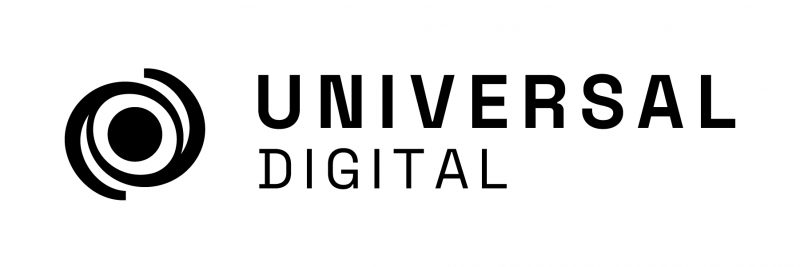
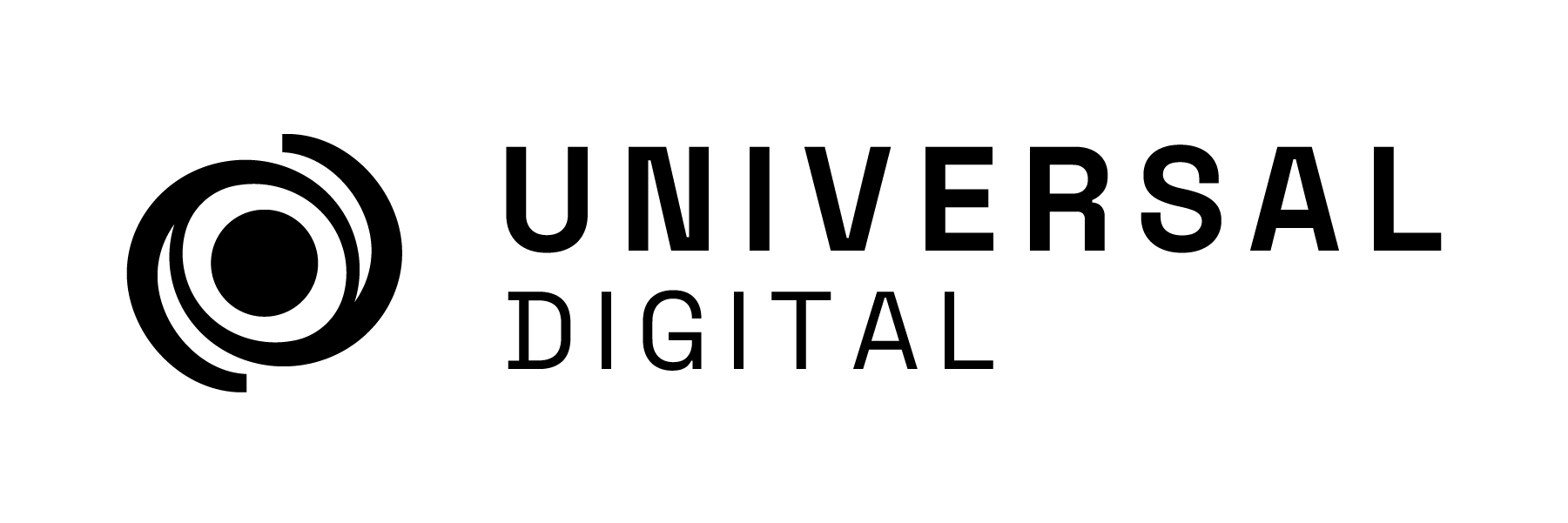

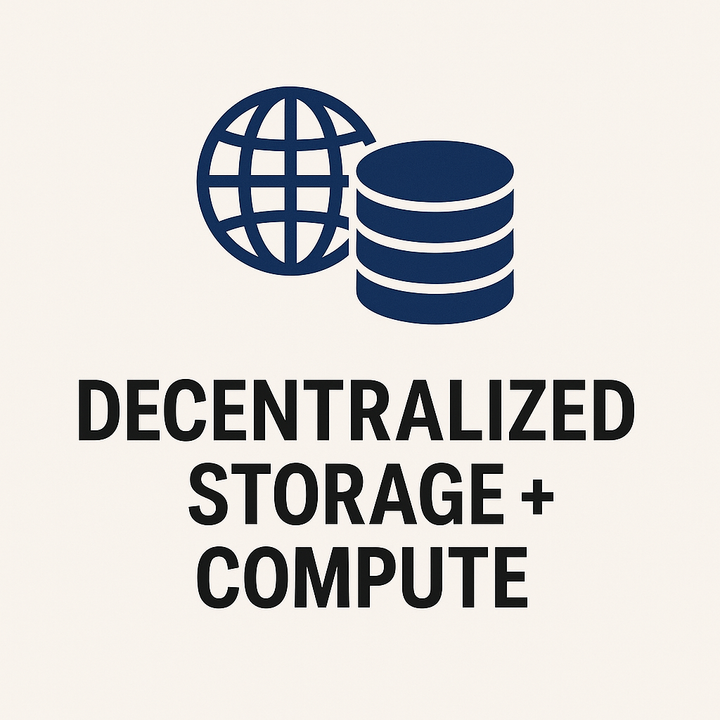

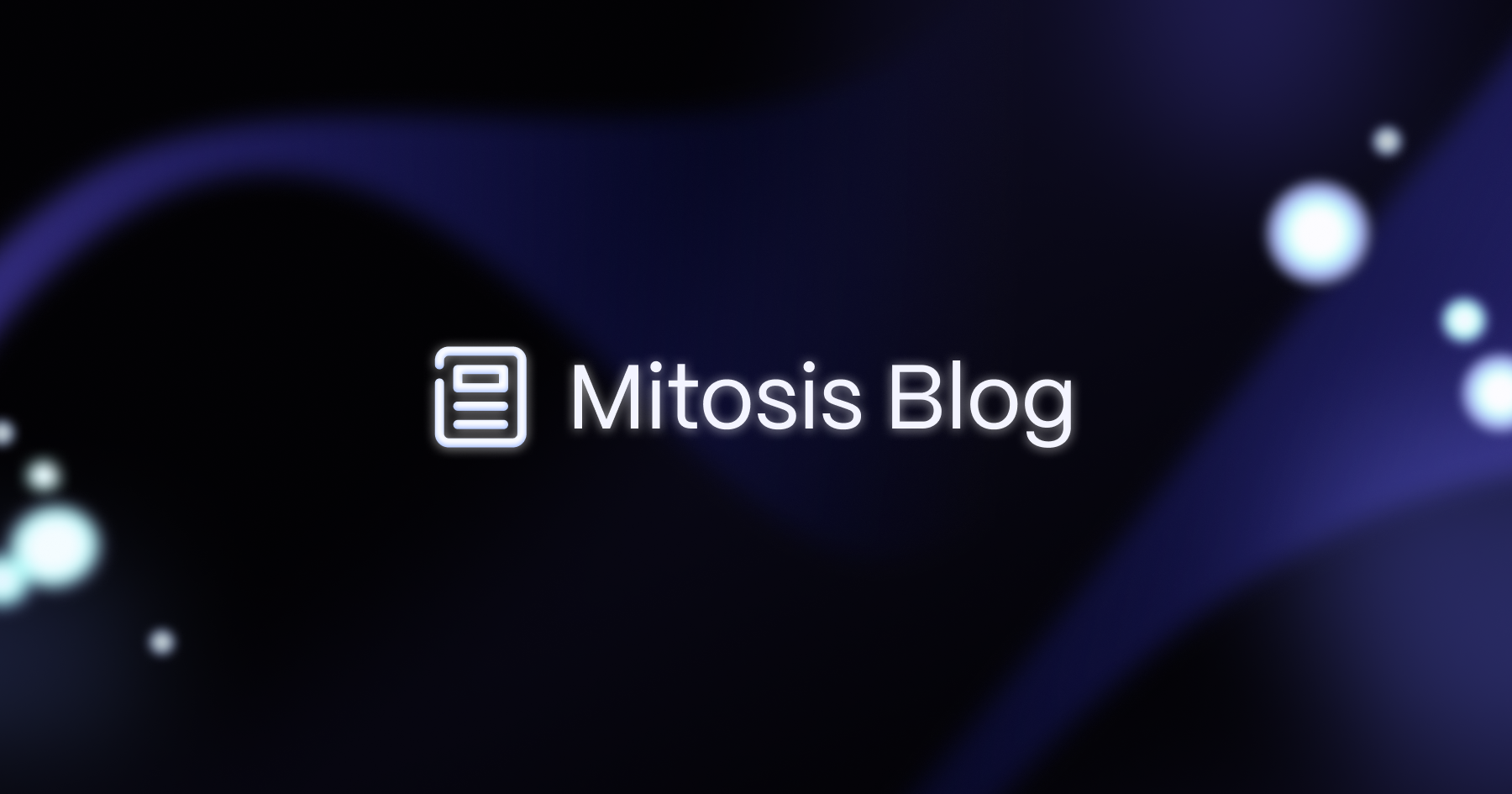






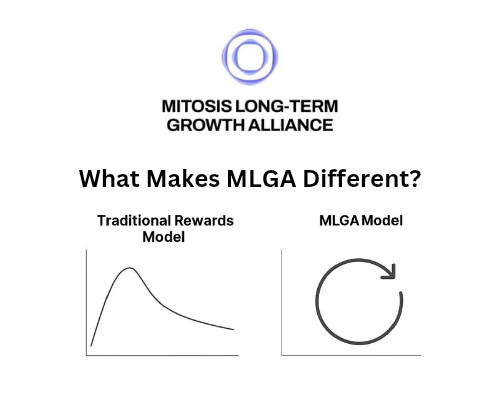
Comments ()